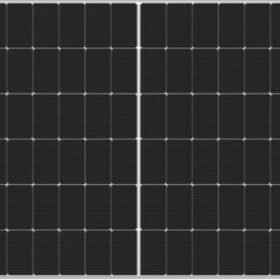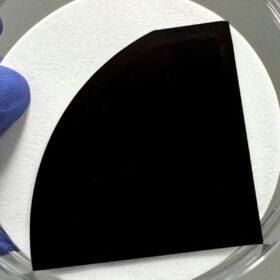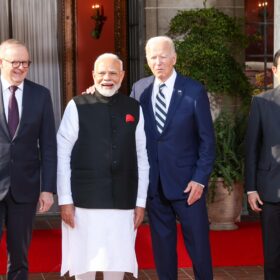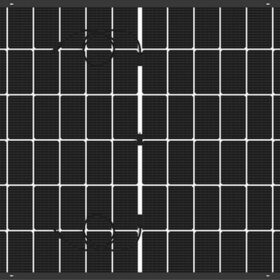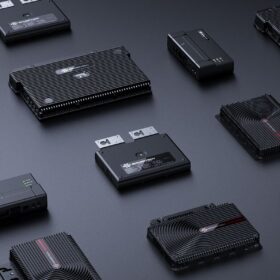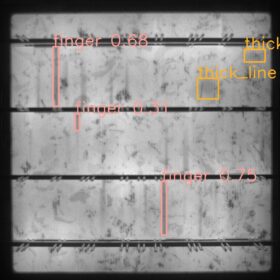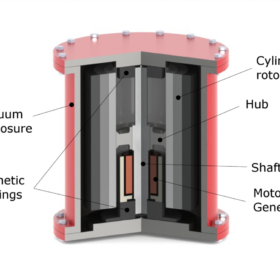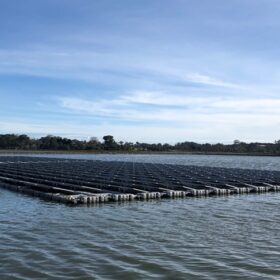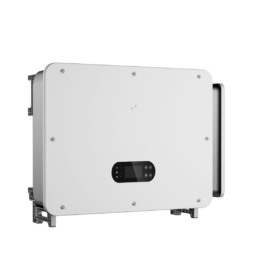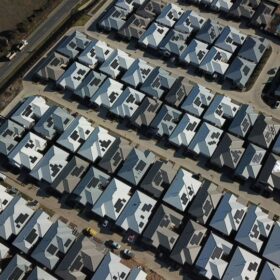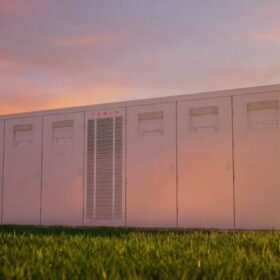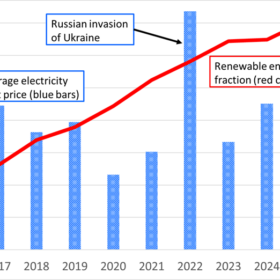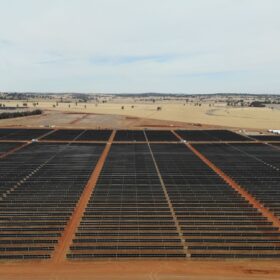Trina Solar presents ‘fully recyclable’ 645 W PV module
Trina Solar claims it has developed the world’s first “fully recyclable” 645 W PV module with 20.7% efficiency. It made the panel with interlayer separation reagents, chemical etching technology, and wet chemical silver extraction tech.
Sharp unveils 610 W TOPCon solar panel with 22.58% efficiency
Sharp’s new IEC61215- and IEC61730-certified solar panels have an operating temperature coefficient of -0.29% per C and a bifaciality factor of over 80%.
Longi, ANU develop gettering-based process to improve n-type wafer quality
The Chinese module maker and the Australian National University utilised phosphorus diffusion gettering and another defect mitigation strategy to improve the quality of n-type wafers. The proposed process contributed to improve the material quality especially towards the tail-ends.
$50 million funding to boost clean energy supply chain
The Australian government will in November open applications for a $50 million funding program that is to support the development of more diverse solar PV, hydrogen electrolyser and battery supply chains in the Indo-Pacific region.
Sharp unveils 450 W bifacial TOPCon module with 22.52% efficiency
Sharp’s new IEC61215- and IEC61730-certified solar panels have an operating temperature coefficient of -0.29% per C and a bifaciality factor of more than 80%.
Envertech launches microinverters for PV systems with up to 60 modules
Envertech says it has developed microinverters for PV systems supporting up to 60 modules, allowing up to four modules per unit with separate maximum power point tracking.
New deep learning tech uses electroluminescence images to identify defective PV cells
The novel method uses the YOLOv8 framework, integrating an attention mechanism and a transformer model. It was tested on a dataset of 4,500 electroluminescence images against several other models and its results were up to 17.2% more accurate.
China connects first large-scale flywheel storage project to grid
The 30 MW plant is the first utility-scale, grid-connected flywheel energy storage project in China and the largest one in the world.
Optimising bifacial solar panels for floating PV applications in tropical freshwater
New research from India shows how bifacial solar modules should be deployed to achieve strong performance in floating PV projects planned on tropical freshwater. Their experimental setup demonstrated that higher efficiency gains are achievable by gauging panel height, water depth, and tilt angle.
Lightweight ventilated BIPV system for low-load rooftop applications
Scientists in China have designed a ventilated building-integrated photovoltaic system that relies on flexible solar modules with a weight of 6 kg/m2. The system also uses an airflow channel under the PV panels to reduce their operating temperature and increase their power yield.

